A fun new project to consider for the new year is to build a new, powerful video editing PC. The experience alone is valuable and at the end you will end up with a more powerful machine than before and enjoy even faster editing.
You can also upgrade it later on or customize it with the exact specs you need for your work. It’s just a fun thing to learn to do. Built with DaVinci Resolve in mind (though other NLEs should fare similarly), this AMD Ryzen build by MrAlexTech shows off some of the key components you should consider for your next PC.
Right from the start, you will know this is a powerful machine. It features an AMD Ryzen 9 5950X CPU with 16 cores and 32 threads running at 3.4 GHz with a boost up to 4.9 GHz.
It’s one of the fastest processors you can pick up today. Joining that is an NVIDIA RTX 3090 graphics card. It’s an amazing card – if you can get your hands on one. It’s also a huge card physically and needs some space to keep things cool.
Keeping all your apps running smoothly is a hefty 64GB of Corsair Vengeance DDR4 3200MHz RAM. Using two 32GB sticks in this configuration leaves room for expansion later on if you want even more RAM.
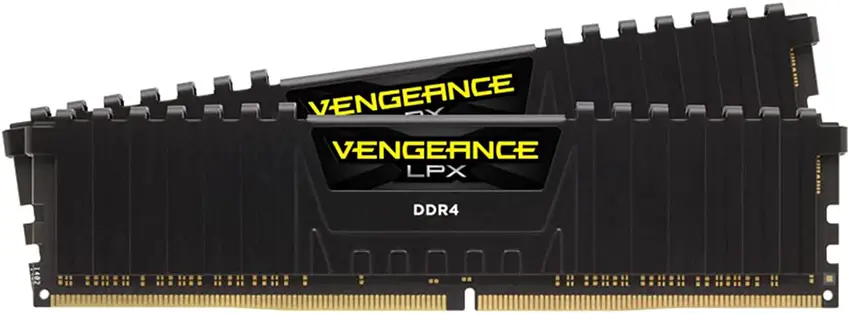
Image Credit: Corsair
All of this is hosted on an ASUS ProArt B500-CREATOR motherboard. It has dual PCIe 4.0 slots for a dual GPU (or other expansion card) setup. Plus, it has two NVMe slots (one PCIe 3.0 and one PCIe 4.0) for getting ultra-fast storage on-board. They are using two Samsung 1TB 980 PRO SSDs, which are some of the best around today. One is used for the OS and apps while the other is a scratch disk.
For mass storage, there is a 4TB Seagate HDD packed in the case to hold additional files. There are three extra SATA connections if you ever wanted to expand the storage later on.
Connectivity is quite good. There are two 5Gb/s USB ports, two Thunderbolt 4 (USB Type-C) ports, four USB 3.2 Gen 2 ports (10 Gb/s), and two USB 2.0 ports. At the front there are two more USB 3.0 ports and one USB Type-C port. The case is a nice clean mid-tower in the Fractal Meshify 2.
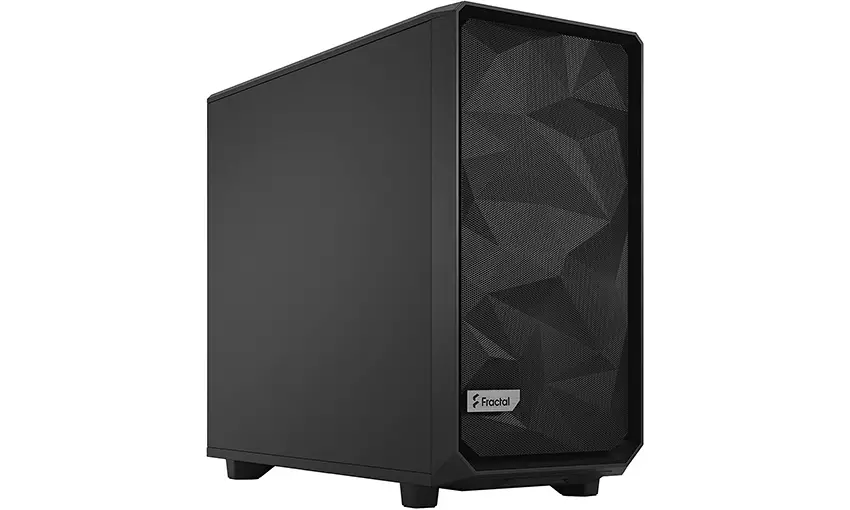
Image Credit: Fractal Design
How about performance?
For baseline temps you are sitting at 35 degrees C for the CPU and 45 degrees for the GPU. Those are great, almost chilly temperatures for a powerful machine.
Getting into stress tests the GPU heats up to the mid 70s while the processor sticks under 60 degrees. It is relatively quiet too, though fans can become more audible during longer, heavier loads. Placement makes a difference.
The real trick is that all of this is powered by a modest 650W power supply. Absolutely no complaints with that.
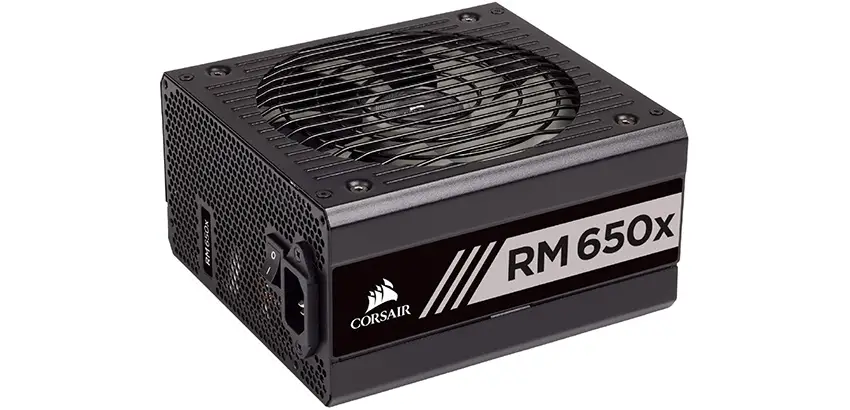
Image Credit: Corsair
This whole setup costs a bit over $4K. Buying from a pre-built place can make a lot of sense today with potential warranties and simply the ability to find some components.
Now to put it to the test, they used DaVinci Resolve 17 Studio to run a bunch of basic tools and functions. No caching or other performance improving functions have been turned on.
First is a 4K 10-bit H.264 timeline. A few B roll clips and titles make this a good sample of a real-world project. There is smooth playback the whole time. Adding a few nodes on the color page doesn’t even impact it at all – including some temporal noise reduction.
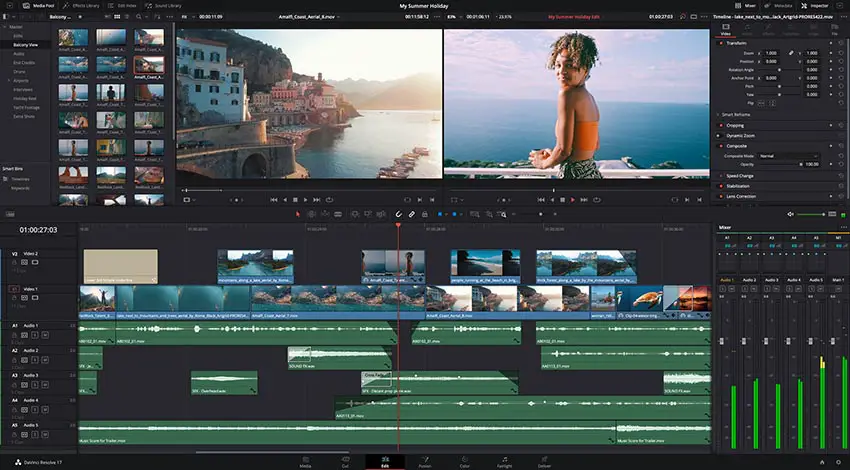
Image Credit: Blackmagic Design
A 4K Magic Mask is able to be applied and track the whole clip in faster than real-time speeds. This will boost your editing speed.
Using some Fusion transitions showed a little stutter on the first playthrough, but subsequent playback is super smooth. A lot of custom transitions and other effects are handled without any issues at all. This is all on a 4K timeline still.
Some of the more advanced Fusion titles are causing some issues, such as the Digital Glitch effect. Interestingly, this doesn’t appear to be a limit of the hardware as it doesn’t look like it is going to be pushed too hard. It could just be optimizations need to be made to the software.
Moving to a UHD 4K ProRes 422 timeline you will again see perfect playback. Now to try out some retiming effects. Doing a speed warp with optical flow will cause a slowdown in playback. It’s getting around 5-6 fps, which isn’t too unexpected. However, moving to a half resolution in the timeline proxy settings you can regain real-time playback.
Doing the temporal noise reduction test again but with ProRes 422 footage you are again seeing real-time playback.
A real test of playback is the next as they set up a timeline with nine 4K clips, each with its own unique OpenFX applied, running on a 6K timeline. Amazingly, it actually plays back eight streams without any dropped frames. It is only when the ninth clip hits that it slows down. Multicam mode has a similar performance, and it actually seems like it’s one specific effect causing the slowdown.
Most editors will likely be more than satisfied with this level of performance.
Now, if you are working with newer 12K Blackmagic RAW clips you might want to see how that does. And in some quick tests it takes a second to get the footage going, but once it is playing it smooths out to real-time.
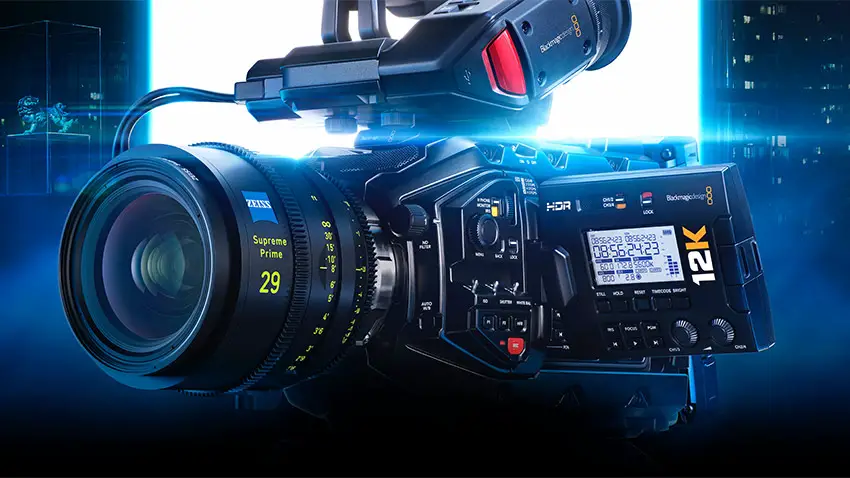
Image Credit: Blackmagic Design
You will see it take a little bit of time to stabilize the clip, but it isn’t unbearably slow and will play back the clip with stabilization afterward. Temporal noise reduction does result in dropping frames to half. Popping Resolve into half-resolution proxy mode will get you closer to real-time.
One thing that is odd about the new 3090 cards is that some of the encoding hardware is super similar to previous models, even last-gen options like the 2060. Render times were basically equivalent on a basic timeline. Now, once you start adding effects like temporal noise reduction you will see massive improvements of more than double the speed of the last generation of cards.
Finally, you might want to do some multitasking, like play a game while rendering out a video. It actually does a great job with minimal impact to your render times, even with some graphically-demanding games such as Forza Horizon 5. It also goes without saying that this rig is outstanding for gaming if that is also your thing.
This is an impressive build and a good example for building your own computer. Definitely check out these components if you are planning on getting a new rig in the new year.
[source: MrAlexTech]
Order Links:
- Blackmagic Design DaVinci Resolve Studio (B&H, Amazon)
- AMD Ryzen 9 5950X Processor (B&H, Amazon)
- NVIDIA RTX 3090 Graphics Card (B&H)
- Corsair Vengeance LPX DDR4 3200 MHz RAM Kit (2 x 32GB) (Amazon)
- ASUS ProArt B500-CREATOR AM4 Motherboard (Amazon)
- Samsung 1TB 980 PRO NVMe SSD (B&H, Amazon)
- Seagate 4TB Barracude Internal HDD (B&H, Amazon)
- Fractal Meshify 2 Computer Case (Amazon)
- Corsair RM650X 650W Power Supply (Amazon)
Disclaimer: As an Amazon Associate partner and participant in B&H and Adorama Affiliate programmes, we earn a small comission from each purchase made through the affiliate links listed above at no additional cost to you.

